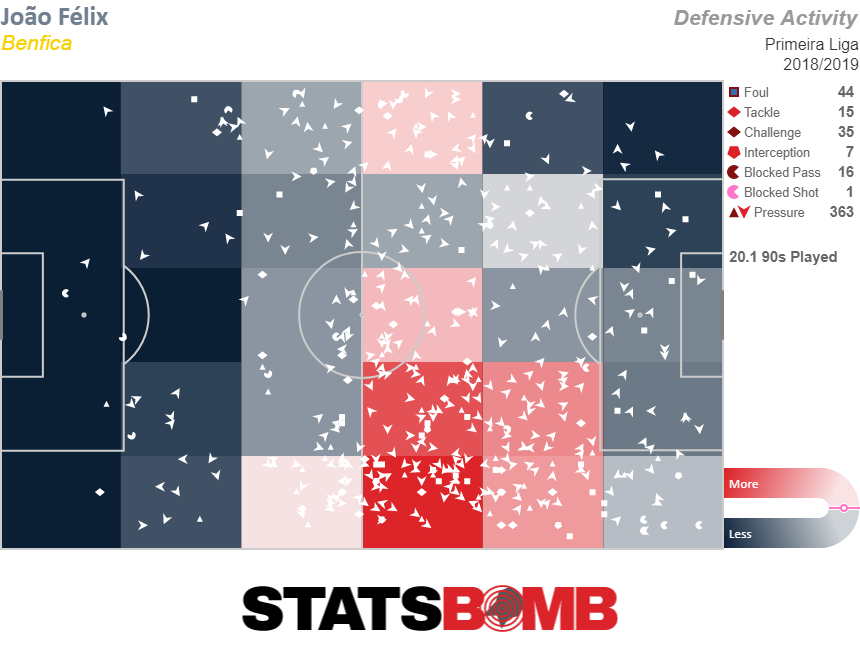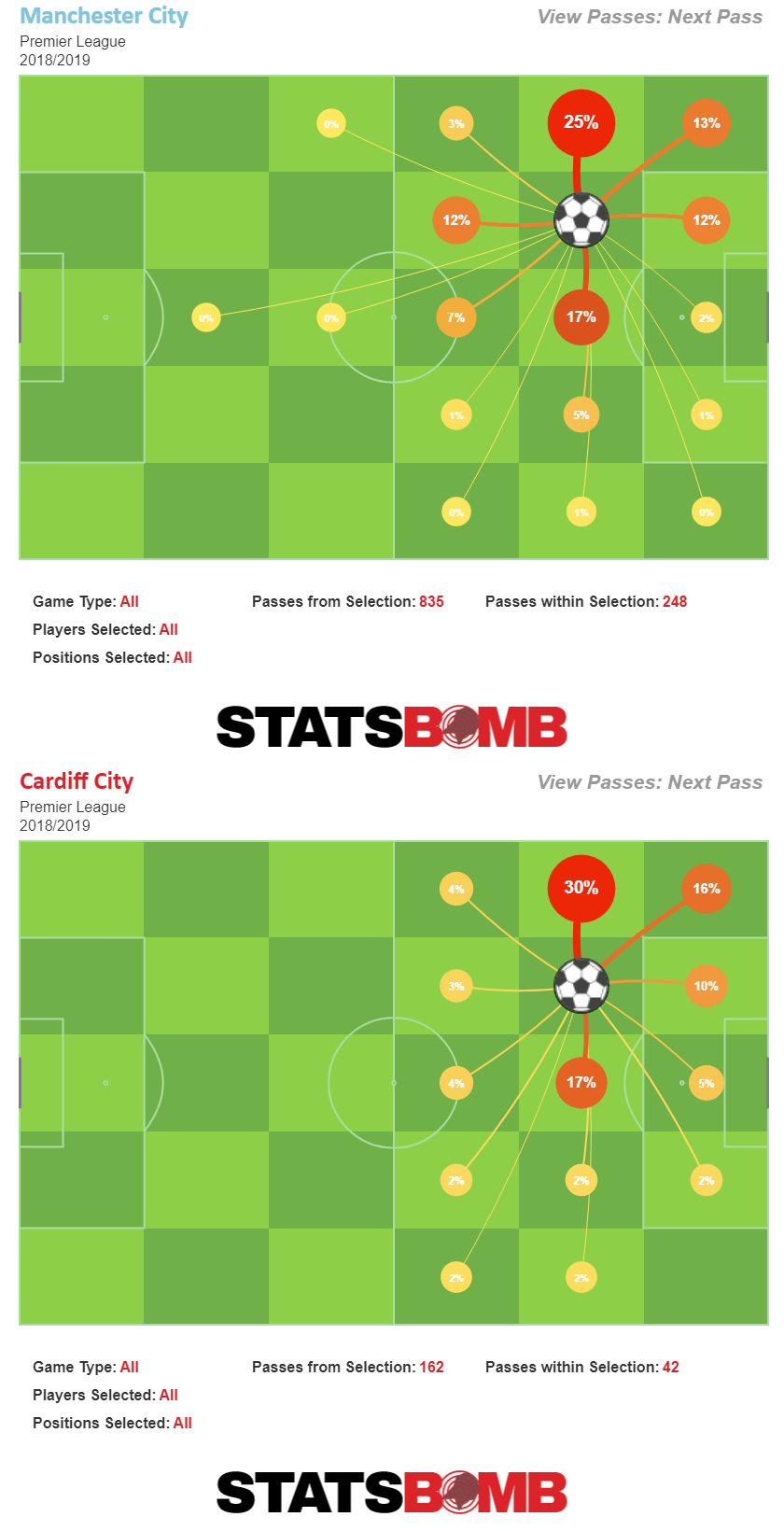What to say about Manchester United that hasn’t already been said?
They were uninspiring but ok at the start of last season, then the defence began to fall off a cliff. Then Jose Mourinho was sacked and Ole Gunnar Solskjaer found himself at the wheel of a bus that had a V8 engine and an open highway in front of it as United rolled over a string of low-quality teams. Then the highway ran out, or the wheels fell off, or some other tired bus-based metaphor. The attack did what the defence had done at the end of Mourinho's reign, and yeeted itself off a cliff.

And what to say about Manchester United for 2019/20 that will stack up by the end of the transfer window?
Harry Maguire may arrive, Paul Pogba may leave, Sergej Milinkovic-Savic may arrive, Romelu Lukaku may leave. Paolo Dybala, might be a thing. Sean Longstaff's name is still floating around.
The signings that have made it over the line are, at least, interesting. Aaron Wan-Bissaka only has one full season behind him, but he looks well worth making a painful-sized dip into the bank account for.
His defensive output is, of course, incredible, and with 2.01 dribbles per 90 minutes he’s well above the league average in the position.

Earlier in July, Mohamed Mohamed took a detailed look at the full-back, which should be essential reading. It will be interesting to see whether Wan-Bissaka’s strengths get squeezed to their last drop at United: the defensive qualities will be appreciated, but is it the priority for a top six full-back? And as for the dribbling, neither Ashley Young (0.71 per 90) nor young Diogo Dalot (0.99) took on opponents much last season.
Still, Manchester United sorely need presence high up the field on their right flank. With no real winger or wide forward option on the right, and Paul Pogba having an advanced role on the left-side of central midfield, the Red Devils’ attack is pretty strongly skewed on the left. Even if, as Mohamed highlights, Wan-Bissaka doesn’t offer much with his passing, the fact that he can get high up the field and still defend the flank behind him should help things.
Daniel James – another primarily left-sided attacker in a squad that already has Marcus Rashford and Anthony Martial – for £15m is an interesting one. He contributed 0.42 expected goals or expected goals assisted last season against a league average in his positional group of 0.31. That’s promising, but not stand-out, and growing to know football in a time of Jack Wilshere and Ross Barkley is enough to make anybody suspicious of players whose statistical peak is in winning fouls.

That’s not to say that James is a similar type of player to either of those two. However, it feels like players who win lots of fouls tend to excite fans in the short-term but frustrate after the initial glow wears off. A foul might win you a free-kick, but completing the dribble and switching the ball into a new area is more valuable.
And while James is a good ball carrier (he moves the ball a quarter of the pitch or more over 1.5 times per 90, sixth-highest in the league) his number of actual take-ons – where he beats a player – isn’t exactly noticeably high. And his end product after completing a take-on is fairly sparse, with just seven shots and three key passes.

He’s young, though, and opposing defenders have given him the kind of rough treatment in pre-season friendlies that rarely gets given to players who aren’t worth it.
The rest of United’s window has been a swirl of speculation. Harry Maguire looks likely to join, so let’s, for the moment, work on the assumption that he will. StatsBomb Towers, the home of the set-piece stanning, likes Harry Maguire. As Ted Knutson has pointed out before though (in tweet and then elaborated on in podcast form), it’s hard to know the value of set-piece threats from the data.
"Last RT is one of those very fun places in sports data where population-based analysis is going to give you all the wrong ideas because the population is dumb and the few outliers are really smart."
— On Holiday (@mixedknuts) June 17, 2019
In his two seasons at Leicester, Maguire averaged around 0.61 shots from set-pieces per 90 minutes. But this was more than doubled at the 2018 World Cup (1.41), where England were much more focused on their dead-ball routines. There are only so many set-pieces that a team can get in matches, and you can’t target Maguire on all of them (although game theory probably says that the mere presence of an oft-targeted Maguire will open spaces for other threats as well).
What is for sure, though, is that if a club wanted to eke out every piece of set-piece value from Maguire, they could get a lot more from him than Leicester did. Including the shots that he will have helped set up, that’s at least a couple of shots per game from him during that Russian summer last year. That may not give a huge edge, but it’s enough to nudge the needle nearer to your favour each match. United can’t afford to overlook that.
Despite what he offers from set-pieces and his undeniable strengths on the ball, his actual defending still raises questions. He’s slow to accelerate and turn, he has a slight tendency towards clumsiness, there seemed to be an unusual amount of communication problems with Wes Morgan at Leicester (not all of that can be put on Maguire).
He’ll probably fit in alongside Victor Lindelof, who seems to be the preferred central defensive choice both for United managers and United fans at the moment. It’ll impact on how the team defends if that really is the partnership, as neither are the most comfortable when stepping up onto the back of forwards who’ve dropped between the lines. Still, think of the ball progression, I guess.
Having finished sixth last season and not even having finished it well, United have a bit of an uphill climb if they want to break back into the top four. Chelsea’s transfer ban and new manager might give them an opening to target, and perhaps the effect of Tottenham surviving on stamina and Sellotape will start to show (or, at least, United will hope so).
That's assuming no further departures. If Pogba goes - a possibility that the weight of rumours doesn't seem hugely behind at this point but, hey, who knows - United will lose a major part of their team. Last season he was fourth in the squad for expected goals per 90, fourth for expected goals assisted, and first for deep progressions. All that as a nominal central midfielder. He is capable of playing a more reserved role, but it doesn't get the best out of him. Finding a way to help Fred, who put up very high defensive activity numbers but looked a bit lost outside of that, could be a good start.

Across the season as a whole, United's expected goals difference was in a group of teams including Arsenal but also Wolves, Leicester, and Everton. The financial heft of the two traditionally top teams will probably get them over the Top Six line (and if not, it’ll get them back there next season), but Top Four?
Solskjaer would need to come up with a system that works as a whole. There is a lot of talent in the squad (mostly on the attacking end), but the team as a whole needs to function. There have been slight signs that it's getting there, but will it stand the test of the new season?
Header image courtesy of the Press Association





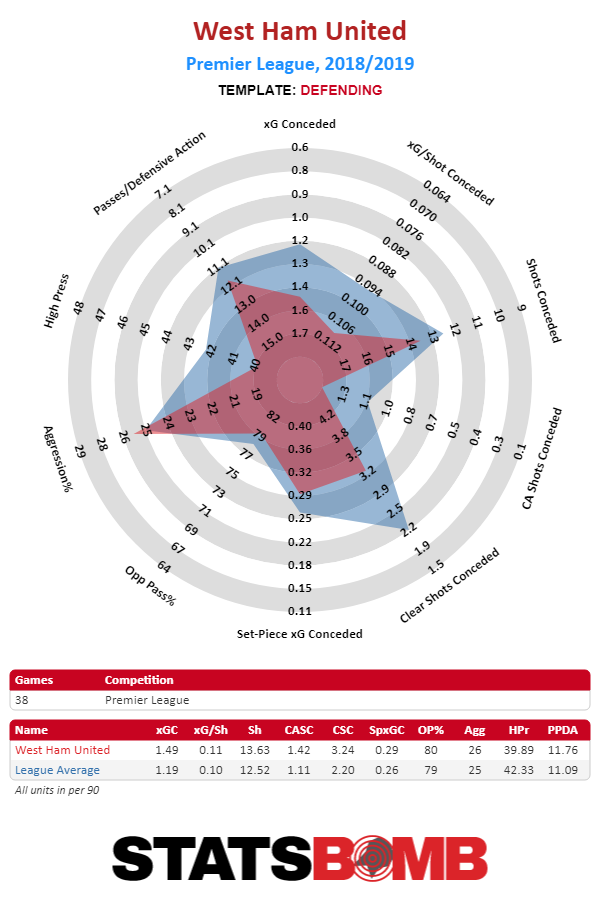






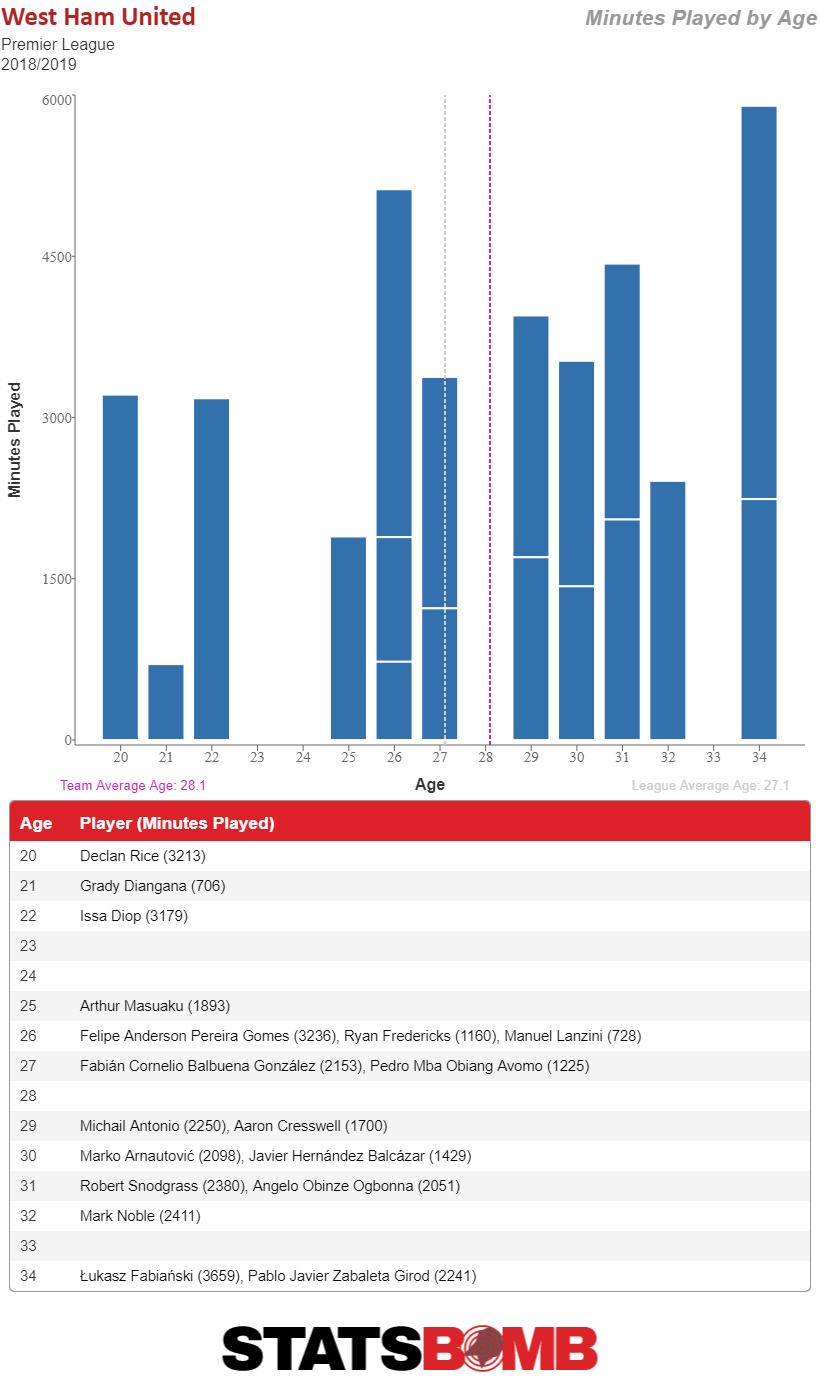



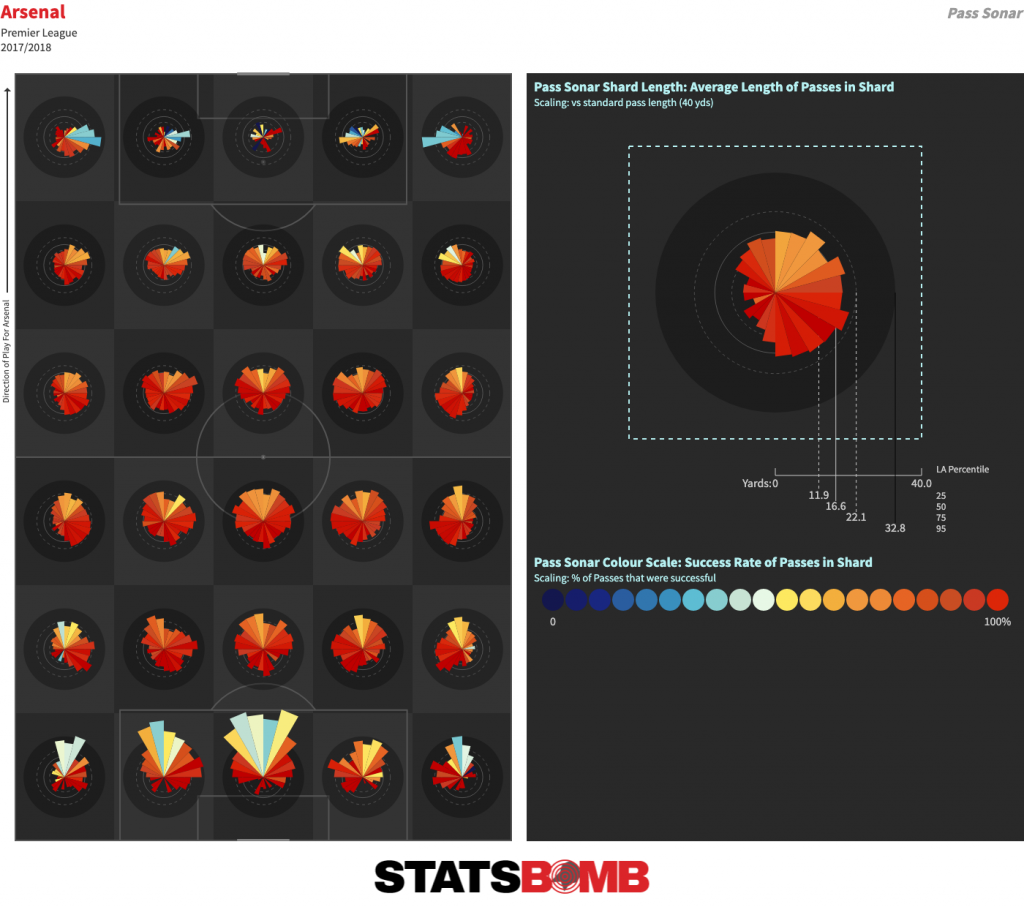








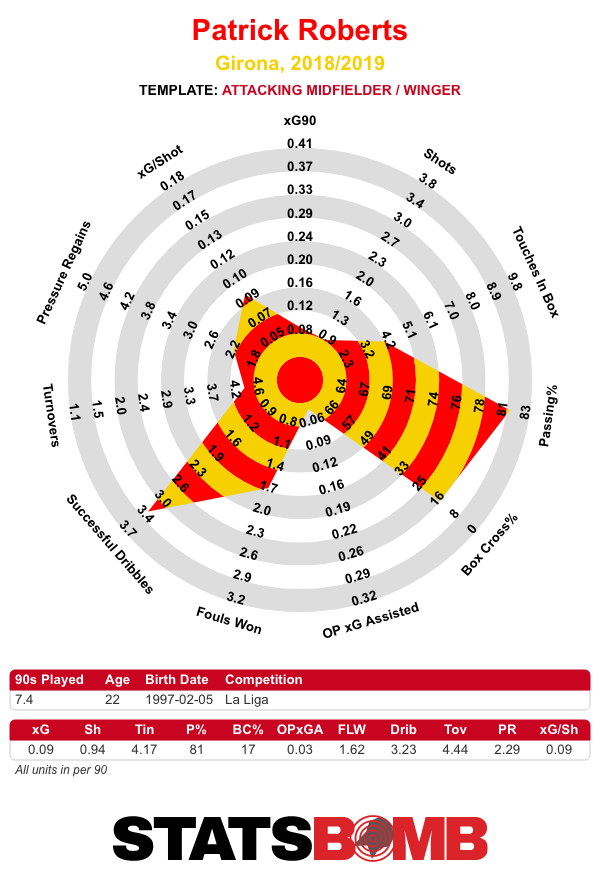





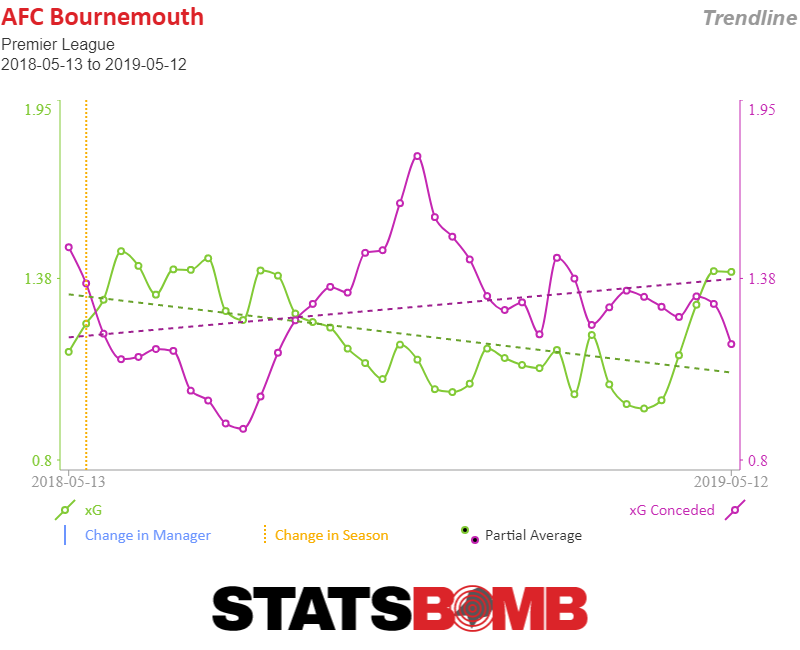








 His output when he did play is quite strong. There are, of course, considerable questions about what it means to be a center back who makes a lot of tackles and how that relates to broader team defense, and positional awareness, but Saliba definitely won the ball a lot, 2.5 possession adjusted tackles per 90 minutes, and has an all-around profile with very few statistical weaknesses.
His output when he did play is quite strong. There are, of course, considerable questions about what it means to be a center back who makes a lot of tackles and how that relates to broader team defense, and positional awareness, but Saliba definitely won the ball a lot, 2.5 possession adjusted tackles per 90 minutes, and has an all-around profile with very few statistical weaknesses.  That said, the two teams have chosen to defend very different areas of the pitch. When Arsenal defend high up the pitch, they make their stand primarily in central areas.
That said, the two teams have chosen to defend very different areas of the pitch. When Arsenal defend high up the pitch, they make their stand primarily in central areas.  Saint-Étienne press very high and wide, but largely cede the center until the ball is close to their own penalty box.
Saint-Étienne press very high and wide, but largely cede the center until the ball is close to their own penalty box.  Arsenal are clear getting a very talented, very active center back. He can physical do it all, but that doesn’t mean that when he arrives a year from now, he’ll be ready and able to do it all for Arsenal.
Arsenal are clear getting a very talented, very active center back. He can physical do it all, but that doesn’t mean that when he arrives a year from now, he’ll be ready and able to do it all for Arsenal.


